5G commercial has entered the final countdown.
On September 28, at the 2018 China International Information and Communications Exhibition, the IMT-2020 (5G) Promotion Group released the latest test results of the third phase of China’s 5G technology research and development test. The third phase of NSA (non-independent networking) testing has been completed. All are completed, and SA (independent networking) testing has also been fully launched.
Prior to this, the "Mobile Trend Report" released by GSMA in mid-September showed:
China, the United States, South Korea, and the UAE will all start to launch 5G commercial services in 2019;
Canada, Mexico, Australia, Japan and more than 10 other Asia-Pacific countries/regions and more than 20 European countries will also launch 5G commercial services in 2020.
There is no doubt that 2019 will be the first year of commercial use of 5G.
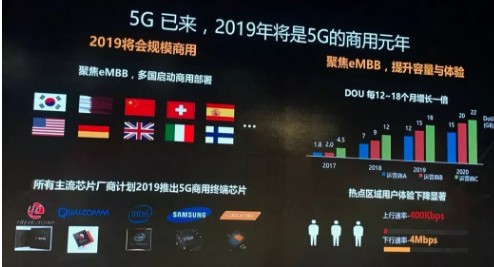
So, from the government, operators to equipment vendors, where is the commercial sprint of the 5G industry chain currently progressing?
[Government and industry associations]
1. GSMA predicts that by 2025, China will become the world's largest 5G market, and the number of 5G connections will reach 1/3 of the global number of connections, and the Internet of Things will become an important flashpoint.
2. However, the industry is most concerned about how China's 5G spectrum is allocated.
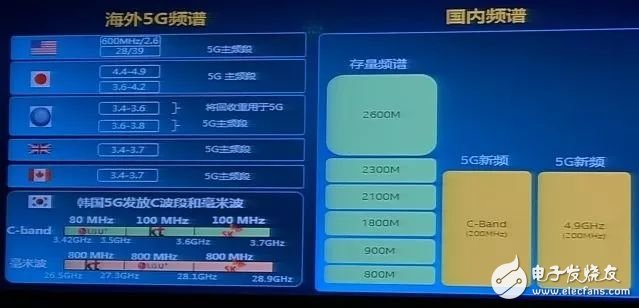
According to Yang Hua, secretary-general of the TD Industry Alliance, the Ministry of Industry and Information Technology has organized several research and planning meetings, and all parties have basically reached a consensus. It is expected that the spectrum plan will be formed and made public before the end of October.
The currently rumored 5G spectrum allocation plan may be:
(1) China Mobile has obtained a total of 300MHz spectrum resources in the two frequency bands of 2.6GHz and 4.9GHz;
(2) China Telecom and China Unicom have respectively obtained 100MHz spectrum resources near the 3.5GHz frequency band.

3. IMT-2020 (5G) will continue to accelerate the development and optimization of system equipment, chips, terminals, and meters according to the plan, and comprehensively carry out system and chip terminal interoperability tests.
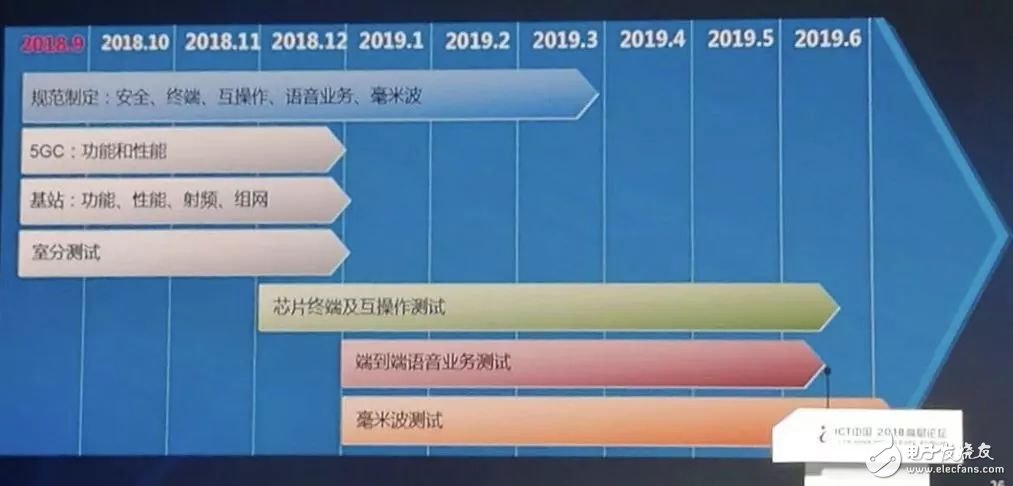
4. Overall summary and miscellaneous views:
(1) The progress of industrialization and commercialization are in line with expectations. China's trial commercialization in 2019 and large-scale commercialization in 2020 are basically no suspense.
(2) There is only one most important question: spectrum, spectrum, or spectrum.
[Operators] (This article mainly focuses on the three major domestic operators)
1. China Mobile
At present, China Mobile has arranged no less than 100 sites in each city in Shanghai, Hangzhou, Guangzhou, Suzhou and Wuhan, and has completed outfield NSA testing, and is currently conducting SA laboratory testing. It is planned to start SA field testing and the second phase of user-friendly testing next year.
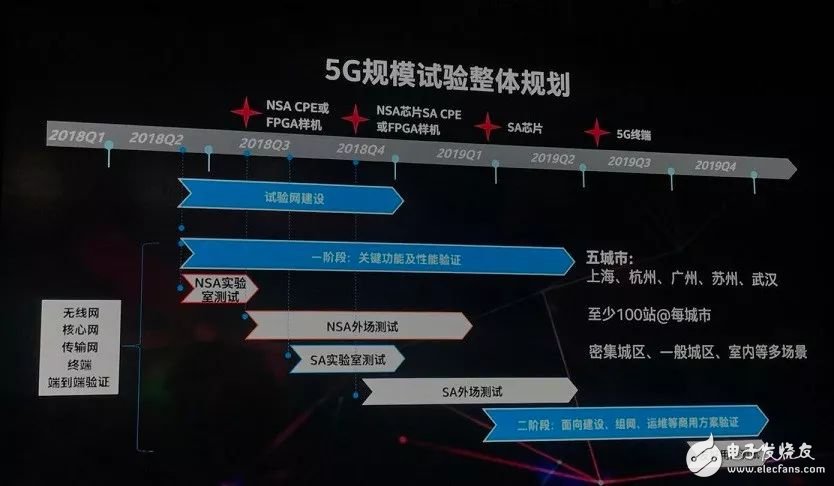
Relying on the NDRC project, China Mobile will start demonstrations of 9 major 5G applications in 12 cities starting in the first half of 2019.
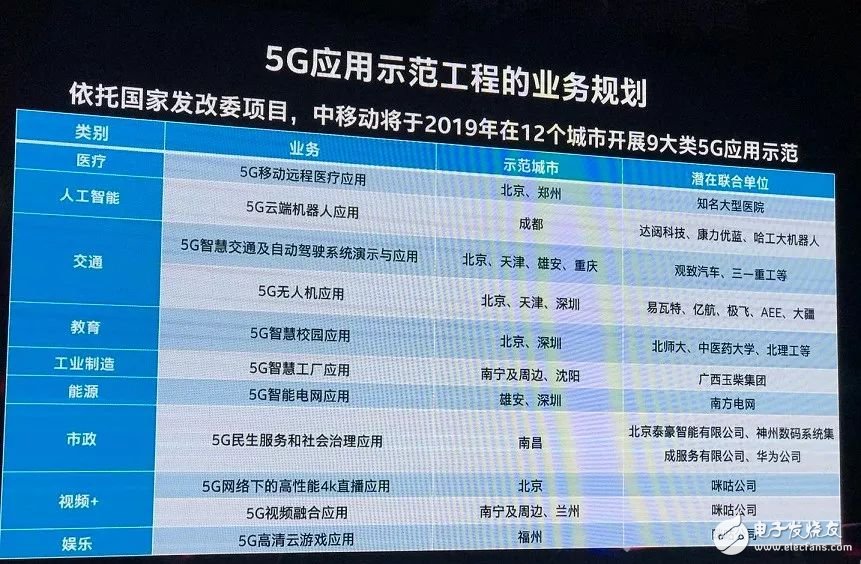
2. China Telecom
On September 18, China Telecom has officially launched the Hello 5G action plan.
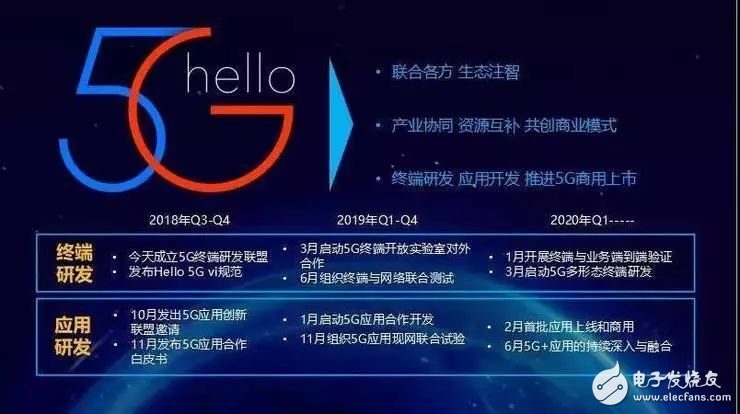
At present, China Telecom's 5G pilot cities have expanded from the first batch of 6 cities in Xiong'an, Shenzhen, Shanghai, Suzhou, Chengdu, and Lanzhou to 17 cities.
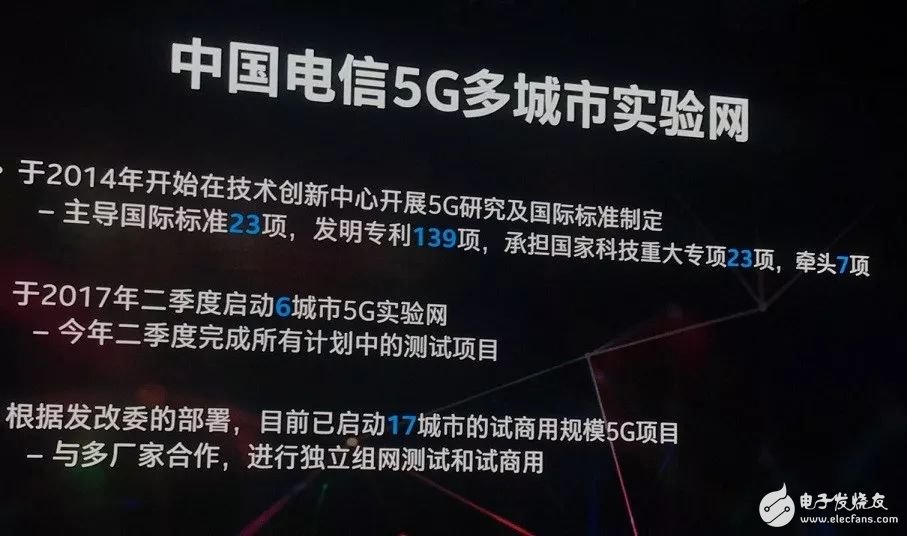
3. China Unicom
At present, China Unicom is carrying out 5G scale pilot projects in 16 cities including Beijing, Xiongan, Shenyang, Tianjin, Qingdao, Nanjing, Shanghai, Hangzhou, Fuzhou, Shenzhen, Zhengzhou, Chengdu, Chongqing, Wuhan, Guiyang, and Guangzhou. Commercial, large-scale commercial use in 2020.
On September 29, China Unicom's 5G Innovation Center was unveiled in Chengdu. Prior to this, China Unicom had established China Unicom 5G Industrial Internet Industry Alliance, 5G Joint Innovation Laboratory, 5G+AI Joint Laboratory and other 5G-related institutions.
4. Overall summary and miscellaneous views:
(1) Under the "unlimited traffic" competition, the more pressing problem for the three major operators is not to speed up 5G network construction, but to adjust the new business model under the 5G situation and find a new revenue engine as soon as possible.
(2) The pressure of operators' investment in 5G networks will be further transmitted to upstream manufacturers.
(3) If the rumored reorganization of China Telecom and China Unicom is true, China Telecom and China Unicom's 5G plans will also face adjustments.
(4) Although the communication industry is under pressure, the pulling efficiency of 5G on other industries will far exceed any previous generation of communication technology. This will be the main opportunity for operators.
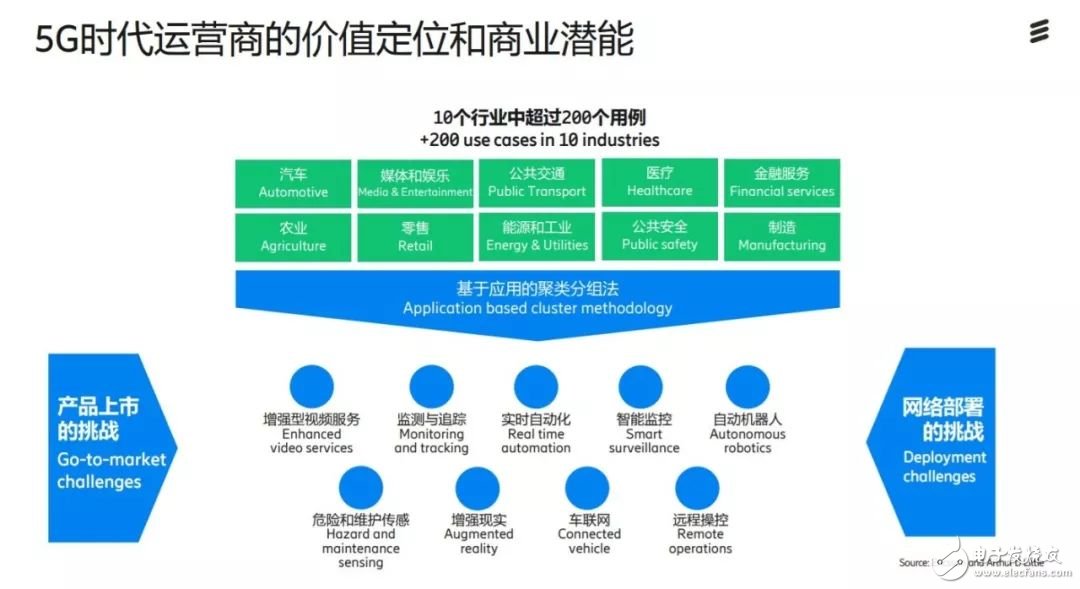
(5) However, as the editor-in-chief Liu Qicheng of Communication World said, more people in the communication industry are still "imagining" industry applications from a technical point of view. In the future, how operators cooperate and compete with manufacturers in vertical industries will be the key to the success or failure of the new business model.
[For equipment vendors]
1.Huawei
On September 25, Huawei’s official website issued a statement stating that Huawei has cooperated with Italian operators TIM and Fastweb to launch the first commercial 5G base station that complies with 3GPP standards and put it into commercial use.
This is the latest development of Huawei's 5G commercialization.
According to Gan Bin, vice president of Huawei's wireless network 5G product line, currently, Huawei has signed more than 50 5G contracts worldwide.
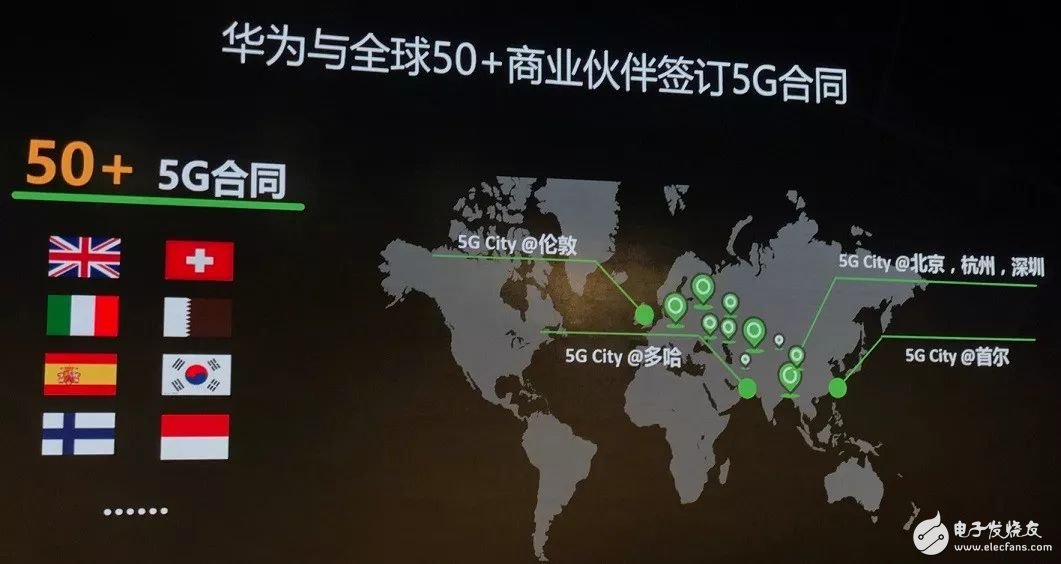
In terms of technology, Huawei has deep technical accumulation in 5G, and has made breakthroughs in 5G networking architecture, spectrum use, air interface technology, prototype implementation, and field verification. Its leading Polar Code, F- Technologies such as OFDMA new air interface and UCNC uplink and downlink decoupling have been accepted as core technologies by 5G international standards.
According to the plan, Huawei will launch a full set of 5G commercial network solutions based on non-independent networking (NSA) on September 30, 2018, and launch a 5G commercial system for independent networking (SA) on March 30, 2019. At the beginning of 2019, Huawei will also launch a 5G-enabled Kirin chip, and will launch a 5G-enabled smartphone in June 2019.
2. ZTE Corporation
As of the end of August, ZTE's 5G test has caught up with the country's internal and external field test progress. In the third phase of the test, ZTE is the first company to complete all tests for non-independent networking in the 3.5G and 4.9G frequency bands.
At present, ZTE has a complete SA solution and has launched an end-to-end full-scenario 5G series product, which has been able to fully meet the commercial network deployment requirements of the 5G core network and is capable of trial commercial use.
During this communication exhibition, ZTE also displayed the industry's lightest and smallest low-frequency AAU, the first high-frequency AAU to complete the 26GHz field test and other latest 5G commercial products.
In addition to China's three major operators, ZTE has already carried out 5G testing and pre-commercial cooperation with more than 20 high-end operators including Orange, Telefonica, Wind Tre, etc., and deployed more than 10 sets of 5G core network experiments. Bureau
3. Ericsson
As of September 2018, there are 17 global 5G commercial contracts.
Among them, Ericsson won 7 (AT&T, Verizon, T-Mobile, Sprint, Vodafone Germany, Swisscom, SK Telecom), and is the equipment manufacturer that has won the most commercial contracts.
Ericsson's 5G commercial contracts mainly come from the North American market.
Just in mid-September, T-Mobile US and Ericsson signed a multi-year 5G network deployment contract worth 3.5 billion US dollars. This is the second 5G major contract signed by T-Mobile US and the largest 5G order so far. .
In addition, the other three major US operators, AT&T, Verizon, and Sprint, have also listed Ericsson as one of the 5G suppliers.
At present, Ericsson can already provide end-to-end 5G commercial mature products ranging from wireless, transmission, core network to operation and maintenance, which can meet the needs of operators for network scalability, availability, high performance and low latency.
In China, Ericsson has completed all relevant NSA tests, SA end-to-end system core network tests, and SA end-to-end system base station basic function tests in the third phase of China’s 5G, and has cooperated with the three major operators.
4. Nokia
In the third phase of the test, Nokia was the only company that used third-party terminal equipment to complete the entire test.
At present, Nokia has launched 5G exploration and experimental cooperation with more than 50 operators all over the world.
In July of this year, Nokia and China Mobile signed a 1 billion euro framework agreement to reach a strategic cooperation in 5G. After that, T-Mobile also announced a 5G equipment supply agreement with Nokia worth 3.5 billion US dollars.
Nokia provides a complete 5G end-to-end solution, covering wireless networks, Internet Protocol (IP), optical transmission networks, packet core networks, service platforms, and other system-related software and services.
5. Overall summary:
(1) After reaching a settlement with the United States and getting out of the shadow of sanctions, ZTE has made rapid efforts in the 5G field. Regardless of the progress of technology, industrialization or commercial cooperation, it has returned to the right track.
(2) Recently, after the United States, the 5G markets in India and Australia have announced the prohibition of ZTE and Huawei from participating. This is a huge challenge for the two major Chinese equipment manufacturers.
The polarization of the 5G market is inevitable.
At present, the most important thing is to reduce the dependence on core components. The second is to adjust the strategic focus, seize the window period, and seize the intermediate markets such as Europe and Southeast Asia.
(3) Ericsson and Nokia have become the main beneficiaries under the new situation, especially Ericsson, which has an advantage in the 4G stage.
The reason is:
At present, only a small number of equipment vendors can provide end-to-end 5G mature products, and it is difficult for new entrants to pose a market threat to equipment giants. In a situation where it is difficult for ZTE and Huawei to participate, Nokia and Ericsson are expected to gain a larger share in the relevant market.
At the same time, European and American operators generally adopted the NSA architecture in the early days, so they need to rely on 4G base stations and 4G core networks to work. Both Ericsson and Nokia have already supported the 4G equipment and spectrum currently used by operators, and quickly realized smooth network migration through software, so as to make full use of the current infrastructure, quickly introduce and expand 5G coverage, and reduce investment risks.
This will transform their share in the 4G market into a competitive advantage in the 5G market.
For example, AT&T, which has reached a commercial contract with Ericsson, has a 65% share of Ericsson in its 4G existing wireless network.
(4) Pay attention to Samsung.
It is worth noting that Samsung Electronics has also reappeared in the list of equipment suppliers of operators such as Verizon.
On August 8, Samsung Electronics has announced that 5G will be one of Samsung’s four future businesses and plans to invest trillions of won.
Although Samsung is still far behind the four major equipment manufacturers, its entry may indeed bring new variables in some markets.
15.6 inch Laptop is one of the most important sizes on the market, more than 85% clients choose this size for business, teachers, middle or high school students, university students projects. 15.6 inch Gaming Laptop is ranking the first level of custom laptop, you can see i5 15.6 inch laptop, intel celeron n5095 Cheap 15.6 Inch Laptop, i7 11th 15.6 Inch Laptop In cm, etc.
15inch gaming Laptop with 11th Gen Intel Core i5-1135G7 processor ( up to 4.2GHZ, 4core, 8threads, 8MB caches) or 15.6 inch i7 1165G7 8 512gb Solid State Drive laptop ( up to 4.7GHZ, 4core, 8threads, 12MB Caches) should attractive your eyes when choose a competitive and hot gaming laptop.
Of course, other parameters levels, like 14 inch n4020 64gb laptop for online classes, 10.1 Inch Laptop equipped with 64gb rom, android 11 or windows 10 , or 11 Inch Windows Laptop in metal with 360 rotating, celeron quad core cpu, etc.
Except, 8 inch Android Tablet, Mini PC host, All In One Desktop also available here. So just share your idea about what you exactly need, then we do following for you.
15.6 Inch Laptop,15.6 Inch Gaming Laptop,15.6 Inch Laptop In Cm,I5 15.6 Inch Laptop,Cheap 15.6 Inch Laptop
Henan Shuyi Electronics Co., Ltd. , https://www.shuyielectronics.com